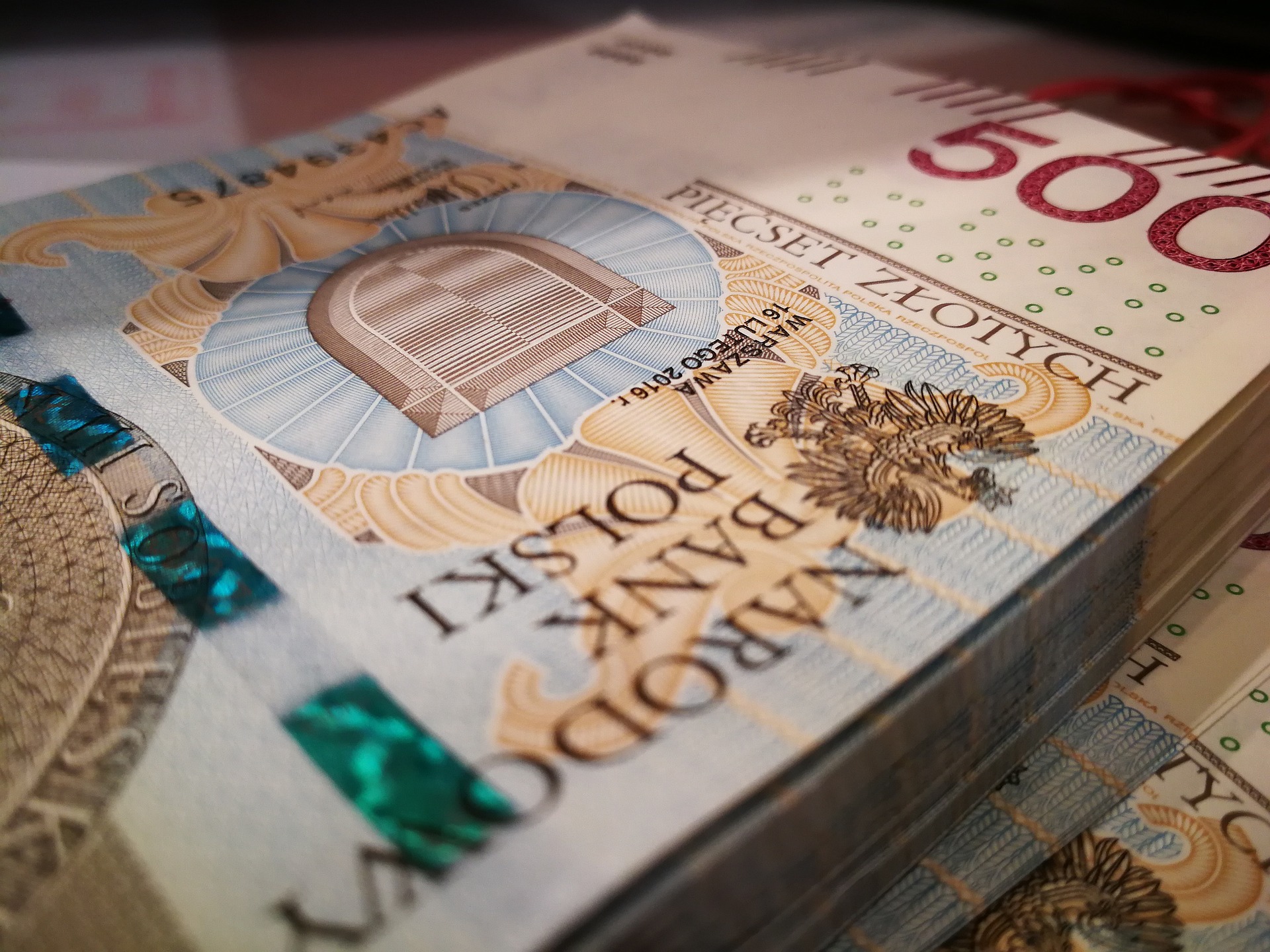Fiscal policy refers to the use of government revenue and expenditure policies to regulate the economy. It is one of the most crucial tools that governments have to influence economic activity and promote growth. In general, fiscal policy is used to achieve three primary objectives: to stabilize the economy, to promote economic growth, and to redistribute wealth.
The two main components of fiscal policy are government spending and taxation. Government spending includes expenditures on infrastructure, healthcare, education, defense, and social welfare programs. Taxation, on the other hand, refers to the collection of revenue by the government through various taxes, such as income taxes, corporate taxes, and sales taxes.
The primary goal of fiscal policy is to stabilize the economy by adjusting government spending and taxation to counteract fluctuations in the business cycle. During a recession, for example, the government may increase spending and lower taxes to stimulate demand and encourage investment. During periods of inflation, the government may reduce spending and increase taxes to slow down economic activity and curb inflation.
Fiscal policy can also be used to promote economic growth by increasing public investment in areas such as infrastructure, education, and research and development. Such investments can help create new jobs, increase productivity, and spur innovation.
Finally, fiscal policy can be used to redistribute wealth by adjusting tax rates and government spending. Governments can use progressive taxation to ensure that the burden of taxes falls more heavily on those who can afford it, while using social welfare programs to provide support for low-income families and individuals.
One example of fiscal policy in action is the American Recovery and Reinvestment Act of 2009, which was passed by the United States Congress in response to the global financial crisis. The act included measures to stimulate the economy, such as tax cuts, increased government spending on infrastructure, and support for industries hit hard by the recession.
Another example is Japan’s fiscal policy response to the COVID-19 pandemic. The Japanese government has implemented a range of measures, including increased spending on healthcare, cash payments to households, and support for businesses affected by the pandemic.
In conclusion, fiscal policy is a vital tool for governments to regulate the economy and achieve their economic objectives. By adjusting government spending and taxation, policymakers can influence economic activity, promote growth, and redistribute wealth.
Here are three more examples of fiscal policy in action:
- The US Tax Cuts and Jobs Act of 2017: This fiscal policy was signed into law by the US government in December 2017. It aimed to stimulate economic growth by reducing corporate and individual tax rates, increasing the standard deduction, and doubling the child tax credit. The policy led to an increase in consumer spending, which helped boost economic growth in the short term.
- China’s stimulus package in response to the 2008 financial crisis: In response to the global financial crisis of 2008, the Chinese government launched a stimulus package worth $585 billion. The package included measures such as infrastructure investment, tax cuts, and subsidies for home appliances and cars. The policy helped stabilize the Chinese economy and contributed to global economic recovery.
- Germany’s austerity measures in response to the Eurozone debt crisis: In the aftermath of the Eurozone debt crisis, the German government implemented austerity measures to reduce its budget deficit. The measures included cuts in public spending, tax increases, and reforms to the country’s pension system. While the policy helped improve Germany’s fiscal position, it also had negative consequences, such as increased unemployment and economic contraction in other Eurozone countries.
By adjusting government spending and taxation, policymakers can stabilize the economy, create jobs, and improve the standard of living for their citizens. The examples provided illustrate how fiscal policy has been used in different contexts to address various economic challenges. It is important for governments to carefully consider the potential effects of their fiscal policy decisions and to use them in a responsible and sustainable manner.



